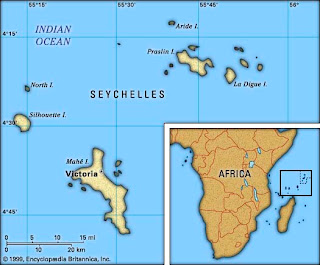In
Tikrit, you lead your squad after some guys that attacked your checkpoint. Not because you want revenge, but because you are following orders. Three Humvees in pursuit of a little Datsun pickup with three perps inside with AKs. The squad chases them through town, down a narrow alley, where the perps flee their truck and run into a building.
You leave a man on the roof-mounted .50-cal to cover your six, and take the rest of the squad down the alley. The alley is tight, barely big enough to get a wide-ass Humvee down, and walls climb to three or four stories on either side. The sun can't be seen because the sky is so narrow above the street only a little indirect light comes through.
As you prepare to lead your guys into a building, the shooting starts. One guy goes down, then another. Fire from the rooftop. Your guys return fire. Bad guys fall. An RPG takes out your Humvee; the soldier manning the .50-cal is gone. Your second in command runs into the building after the original bad guys, but takes a hit. You hear him call your name. You rush in, and find yourself face-to-face with a guy holding a child... and a grenade. You shoot both. Moving up the stairs, you hear more shots. You dodge into a room - clear; in the kitchen, your buddy is on the floor, shot, and taking fire from around a corner. Tossing in a grenade, you cover your ears and shield your body. The concussion knocks you around. Checking the adjacent room, you find your grenade got the bad guy... plus his kids, wife, mother, father - the whole family tree just got clipped.
You manage to get your buddy out. In the meantime, the backup has arrived and is helping evac the wounded. You lost three guys, and a fourth probably lost his legs. Who knows how many baddies went down. Thank God your tour is over, thank God your enlistment is over and you can get back to the states. You've got your best girl to marry!
Enter
Stop-Loss.
With volunteerism dropping, and re-enlistments dropping, the military is having a hard time meeting numbers. What to do? Why don't we activate a little known part of the contractual fine print and re-activate those that are scheduled for discharge? Excellent idea!
Stop-Loss, AKA
Backdoor Draft, was instituted after the
Vietnam War. When a person signs the military contract, whether for two years or four years or maybe even six years, the real obligation is EIGHT years. Now, in times of peace, eight years, smeight years, right? But with two wars on the stove, one of which is not particularly popular, and the other not going well, the military complex has found itself with a bit of a Public Relations (PR) problem. So, while we try to improve our image, we still need soldiers. And who makes a better soldier than someone who is already a soldier?
According to statistics at the end of the movie, about 10% of soldiers have been affected by Stop-Loss. Stop-Loss soldiers serve an additional 6 months, on average. But we all know the problem with averages ...
The movie covers many issues Iraq War soldiers encounter in their domestic/civilian lives.
Ryan Phillipe, who I don't really care for as an actor, has such a good performance that my opinion of him has changed, a little. Many of the events in the movie are pulled right from the headlines. Well, not lately, as the media has moved onto another bright, shiny, object -
Obama/
McCain, and the Economy.
Watch this movie!
 When talking Southwest Asia in World Geography, discussion of religion must ensue. When talking religions of Southwest Asia, Judaism must be discussed. When talking Judaism, the influence of the Persians must covered. Got to follow the money trail.
When talking Southwest Asia in World Geography, discussion of religion must ensue. When talking religions of Southwest Asia, Judaism must be discussed. When talking Judaism, the influence of the Persians must covered. Got to follow the money trail.



